
Related
Topics
Guests
- Louis Pérezprofessor of history at the University of North Carolina at Chapel Hill. He is the author of several books, including Cuba in the American Imagination: Metaphor and the Imperial Ethos and Cuba: Between Reform and Revolution.
As we revisit the life and legacy of former Cuban President Fidel Castro, we examine how Cuba’s revolutionary ideals spread throughout Latin America. The failed invasion of the Bay of Pigs was widely celebrated as the first defeat of imperialism in the Americas, notes Lou Pérez, professor of history at the University of North Carolina at Chapel Hill. He says, “that victory just reverberated across Latin America and, perhaps more than anything else, suggested that a people resolved, with a leader resolved, with a capacity to resist intervention, perhaps it was indeed possible.”
Transcript
AMY GOODMAN: This is Democracy Now!, democracynow.org, The War and Peace Report. I’m Amy Goodman. We’re hosting a roundtable discussion on Fidel Castro, who died Friday at the age of 90. We’re speaking with Bill Fletcher, who is the founder of the Black Radical Congress, Peter Kornbluh of the Cuba Documentation Project and Professor Lou Pérez Jr., author of Cuba in the American Imagination: Metaphor and the Imperial Ethos.
Professor Lou Pérez Jr., talk about the effect of Fidel Castro in Latin America. We just left this conversation about Che Guevara, his death. Talk about what Che Guevara was doing there, what he was doing for Fidel, and what Fidel—overall, Fidel Castro was doing in Latin America beyond Cuba.
LOUIS A. PÉREZ JR.: The power of Fidel Castro and the Cuban revolution stands as a phenomenon of resisting the American pushback against the Cuban revolution. That is, in a region that had been—that had been repeatedly intervened militarily, in Mexico and the Central America—in Central America, political intermeddling, economic intervention in South America. The example of Cuba, especially, I think—especially with the failed invasion of the Bay of Pigs, which contributed powerfully to the consolidation and then centralization of power, and the Cubans celebrated the Bay of Pigs as the first defeat of imperialism in the Americas. And that projection, that boast, that victory, just reverberated across Latin America and, perhaps any—more than anything else, suggested that a people resolved, with a leader resolved, with a capacity to resist intervention, perhaps it was indeed possible. And when the Cubans exhort Latin America to make the Andes the Sierra Maestra of the New World, that idea—that idea of being able to affirm autonomy, agency, self-determination, national sovereignty, just resonated across the Western—across Latin America. And Che Guevara takes the model of the Cuban guerrilla war, the foco theory, the idea that a small handful of people who inter themselves in the interior, the hinterland, of a Latin American country can create what we call the subjective conditions of revolution, and from that guerrilla foco would expand a revolutionary movement that would eventually prevail and proclaim victory. The Che Guevara model of revolution essentially is the replication of the Cuban guerrilla war during the—’57 and ’58.
AMY GOODMAN: And talk about what happened with Che Guevara in Bolivia and what that meant to Fidel Castro and the Cuban revolution.
LOUIS A. PÉREZ JR.: Well, the defeat of the guerrilla foco in Bolivia, the capture and the execution of Che Guevara really dealt a body blow to the whole idea of armed struggle in Latin America. It would not be until the Sandinista victory in 1979 where you do have, indeed, a triumph of a guerrilla movement. But after 19—the defeat of the guerrilla foco and the death of Che Guevara, the Cubans turned more toward domestic issues. These are the years of the big push for the economy. This is the year of the disastrous 10 million ton crop. And between the death of Che Guevara and the 10 million ton crop of 1970, it’s possible to take a look at those set of years as really determining moments that altered the trajectory of the Cuban revolution.

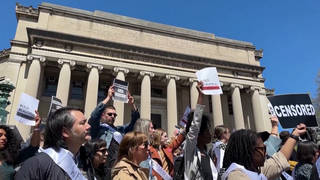
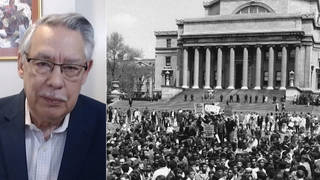
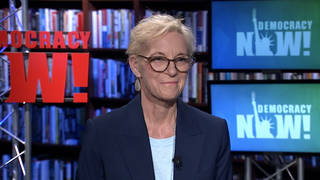
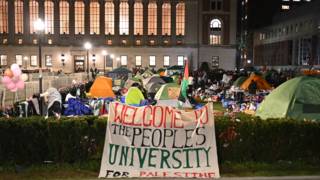





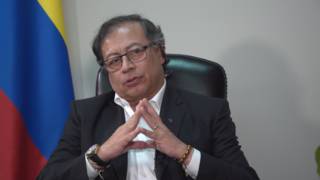
Media Options